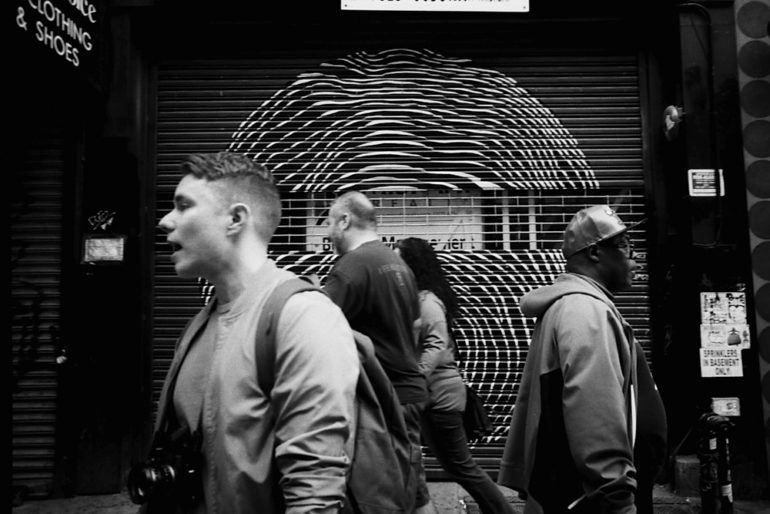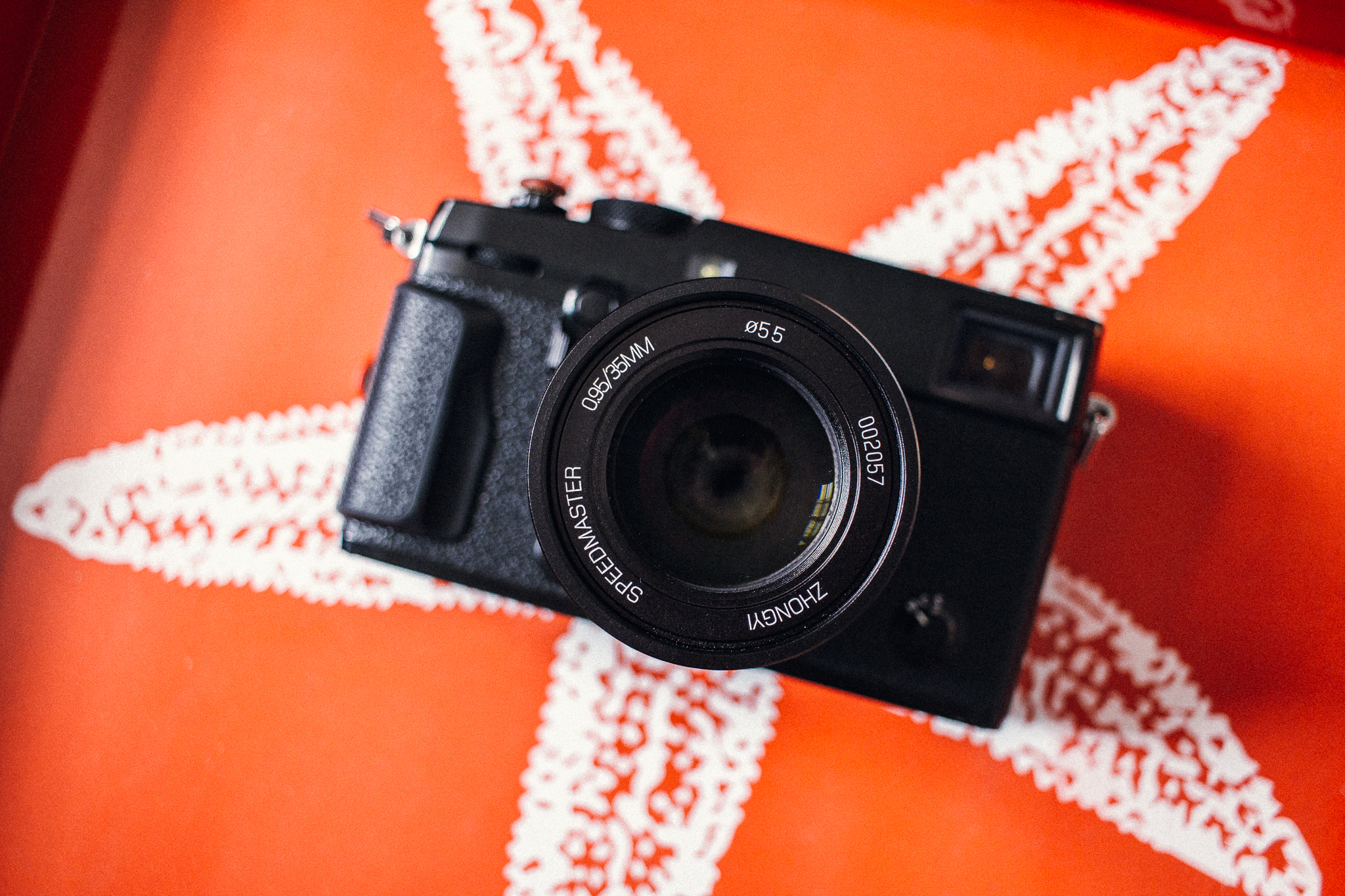Last Updated on 04/12/2018 by Mark Beckenbach
Cameras these days have a gillion autofocus points, so why would you choose to focus and recompose a scene instead? If you’re new to photography, you’ve probably never thought about or knew about the focus and recompose method. Focus and recompose is a method photographers have been using for years before autofocus. Even when autofocus came around, it was more or less designed to be used alongside the focus and recompose method of shooting photos. To use the focus and recompose method, you essentially choose a focusing point, place it on the subject, focus the camera, recompose the scene and then shoot. In most cases, photographers tend to use the middle focusing point. With high megapixel cameras, this feature has become more and more valuable because you can simply crop the image to bits if you wish. But lots of photographers don’t know or understand how to properly focus and recompose.
Who Does This Apply To?

The focus and recompose method is best for a number of photographers. So let’s go through a list of photography genres and narrow down how the method can help you:
- Portrait: Focus on the eyes or the subject and then recompose the scene.
- Landscapes: Get the entire scene in focus.
- Event photography: If your subject is amicable, you can do this method but otherwise you’ll miss the moments.
- Sports: Uhhhhh, no. Sports move way too fast.
- Wildlife: This is situational. If your subject is slow moving and you’ve got a bit of time, then fine. Otherwise, no.
- Wedding photography: Same as event photography.
- Documentary photography: situational like event photography but also combines aspects of portraiture and landscapes.
Essentially, any and every single type of photographer can have the focus and recompose method apply to their genre.
Why the Focus and Recompose Method Can Backfire
Focus and recompose can also end up backfiring on a number of photographers. Depending on how you do it, your subject can be out of focus or perfectly in focus. It’s a problem at times; or it can be depending on your artistic and aesthetic beliefs.
How to Focus and Recompose Properly

The paramount thing you should do is focus on the subject and then slide the camera. Many photographers tend to pivot their camera instead. Pivoting can work if you are stopped down quite a bit and focused far away. But otherwise, sliding is the best bet. If you don’t slide, then you’ll throw off the plane of focus.
To help you understand this a bit more, try this exercise:
- Extend your arm straight out and touch a wall with the tip of your longest finger. Most likely your middle finger is going to be that finger. Take note of what part of the finger is touching the wall. Depending on how much pressure you’re applying to the wall, the tip of your finger is most likely touching it. Now pivot that finger. When you pivot the finger, a new area will be touching the wall. But if you slide your finger along the wall, the same area is touching the wall.
In this case your arm is the focusing, the tip of your finger is the plane in focus and your actions simulate the focus and recompose method.
Using AF Tracking
Now here’s how you can focus and recompose with ease. There are two methods:
- Use the center focusing point and configure it to being the smallest area it can be to achieve the best accuracy. Focus, slide the camera a bit to recompose, and shoot.
- Alternatively, use the focus point in the center, focus on the subject and ensure that AF tracking is on. As you move the camera, the focusing points should change accordingly. The camera and lens will work together to ensure that the subject is in focus.


